Well, once again I have managed to spread my Bird Trip Report (this time to Ecuador) over several months – I hope you have enjoyed them as much as I have had sharing them with you. At the start of this series I shared some data related to the pictures, species, and Lifers I had on the trip so today I will update those figures. My data comes from two eBird Trip Reports: one generated before I vetted my checklists and one created after my checklists were finalized. Why would they be different?
At the end of each day in Ecuador (and on every birding trip I’ve taken) the group reviews and submits the checklists for that day. In fact we created 54 checklists during our ten days in Ecuador. However, birds are included on the initial checklists that I didn’t observe. Our Guide Tony may have heard a bird but I rarely include a Heard Only Lifer on my list, so I delete it. Sometimes one or two people observe a bird but it disappears before I see it – that bird is recorded on the checklist and I deleted it later. As you recall I write down every bird I observe in real time in a reporters’ notebook and then I compare my notes with the birds listed on the day’s checklists, and if I didn’t write it down I delete it from the checklist. It’s important to me to get “credit” for only the birds I see, particularly if it’s a Lifer.
On the initial checklist the group’s number of Observed Species in Ecuador was 324. After carefully reviewing the checklists I ended up with 268 species. So I missed 56 species. Was I not paying attention, or not a good observer? Not really; it’s impossible to see every species (perhaps you recall the tale of the Black-and-white Hawk Eagle that I took a picture of which would have been a Lifer for Tony, but he missed it). Do I wish I saw more? Sure I do, but I tried as hard as I could and yet I didn’t see every bird.
As you can imagine, many of the birds I didn’t see would have been Lifers. The initial Trip List listed 201 Lifers, but after checking the checklists for accuracy I ended up with 172 Lifers. Not bad!
When I returned home I loaded all my pictures into Lightroom and had 5,488 images. I deleted about 500 images right from the camera during bus rides so the total I took was probably close to 6,000! After post-processing in Lightroom (which I estimate to have taken me over 40 hours) I ended up with 1058 images. This is a 17.6% keeper rate, which is higher than my usual 10-15%. I had to think about why my keeper rate was up. Have my skills improved? Was I using my camera’s features better? I came up with two reasons why I had more keepers than usual. First, many of the places we birded in Ecuador had feeder stations – bananas and hummingbird feeders. This brought the birds closer to my camera than any we saw in the forest while on a trail. It’s easier to get a picture of a bird when it’s out in the open, at eye level, and relatively close to you – so I ended up with more good pictures. A second reason why I had more keepers is when I go to places (like Ecuador) where there are so many Lifers, I tend to keep pictures of as many Lifers as possible, even if they are poor images. For example I kept three poor pictures of a Metallic-green Tanager that I wouldn’t put on GreatBirdPics but I do want in my archive of Ecuador pics. When I pull up just the pictures I ranked highly in Lightroom (those that I would put on GreatBirdPics) I had 891, or about 14.9%. I ended up keeping almost 170 images that weren’t very good but I kept to document those Lifers.
I do have some favorite shots from Ecuador; most of them were previously published in one of the earlier reports (see links to them below) but I wanted to bring them together here. Each one of these was a Lifer and I really like the image.
Cinnamon Flycatcher
Cinnamon Woodpecker
Golden-naped Tanager
Booted Racket-tail
White-necked Jackobin
Crimson-rumped Toucanete
Glistening-green Tanager
Red Barbet (m)
Shining Sunbeam
Chestnut-Crowned Antpitta
Toucan Barbet
If you haven’t had enough about our Ecuador travels Karen and I did a Zoom presentation for the DuPage Birding Club about the trip; it was recorded and is now on YouTube. It’s an hour long and has a lot of the pictures of the birds we saw, the places we went, and the food we ate. Here is the link: Road Scholar Ecuador Trip on YouTube
We had such a great time in Ecuador and we recommend it to everyone who is into birds. You can’t help but to love the people there, the beautiful terrain, and the many birds living there.
Next up – we went to the U.S. Virgin Islands after Ecuador, and guess what? They have birds there, too!
Essential Information before taking a bird tour
How to prepare for and get the most out of your first bird tour
Links to all the posts about our Ecuador Bird Tour:
Our Ecuador Bird Tour – Preliminary Data
Birding a City Park in Downtown Quito, Ecuador
Out of Quito to Reserva Yanacocha
Into Mindo Valley – Sachatamia Lodge
Birding Mindo Valley – Reserva Amagusa
Birding Mindo Valley – Reserva Amagusa – Hummingbirds and Toucanete
Birding Mindo Valley – Sendero Fruitti Tour
Birding Mindo Valley – Refugio Paz de la Aves
Birds Out Back Of Our Cabana At San Isidro
Birding The Amazonian Highlands
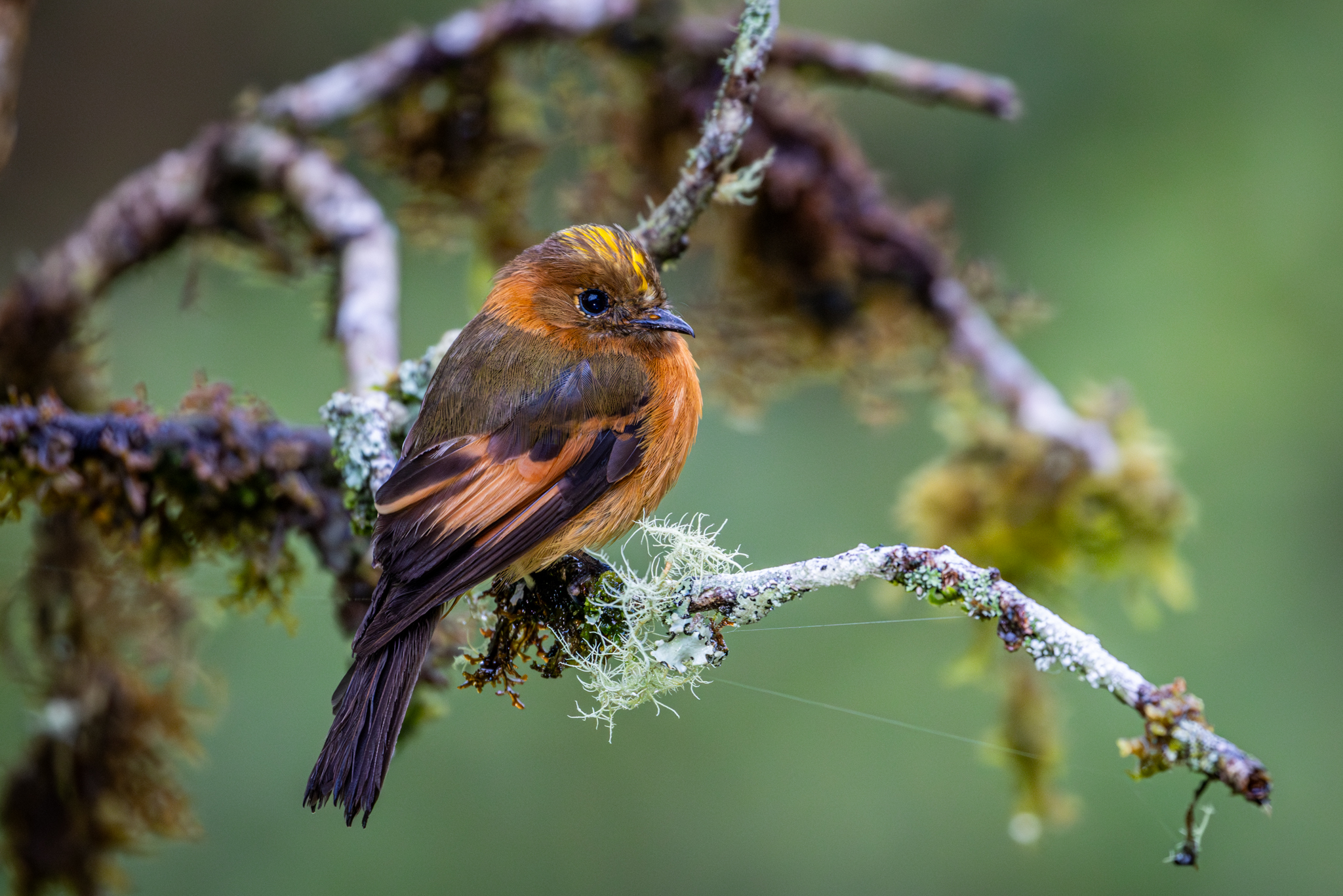
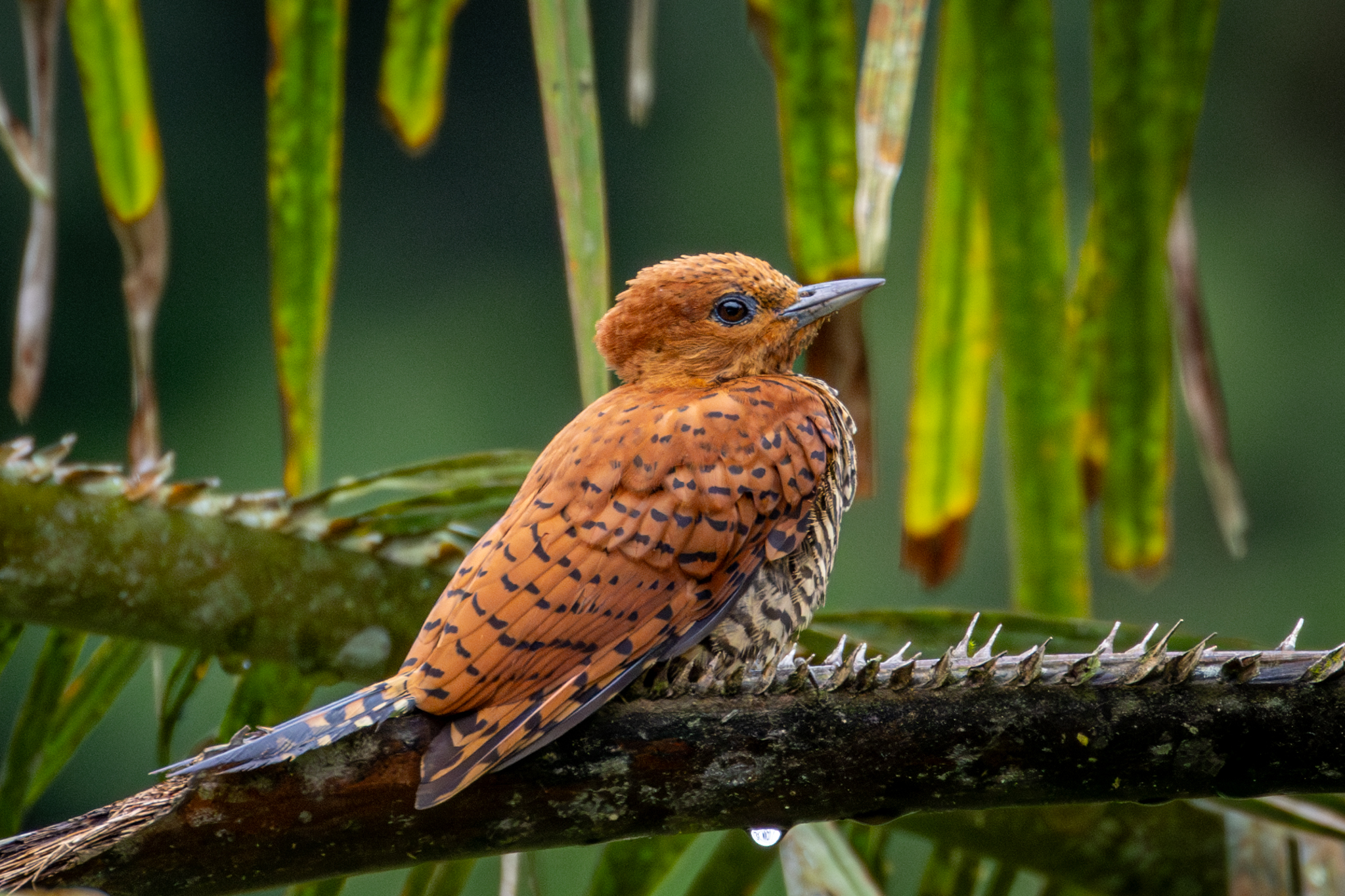
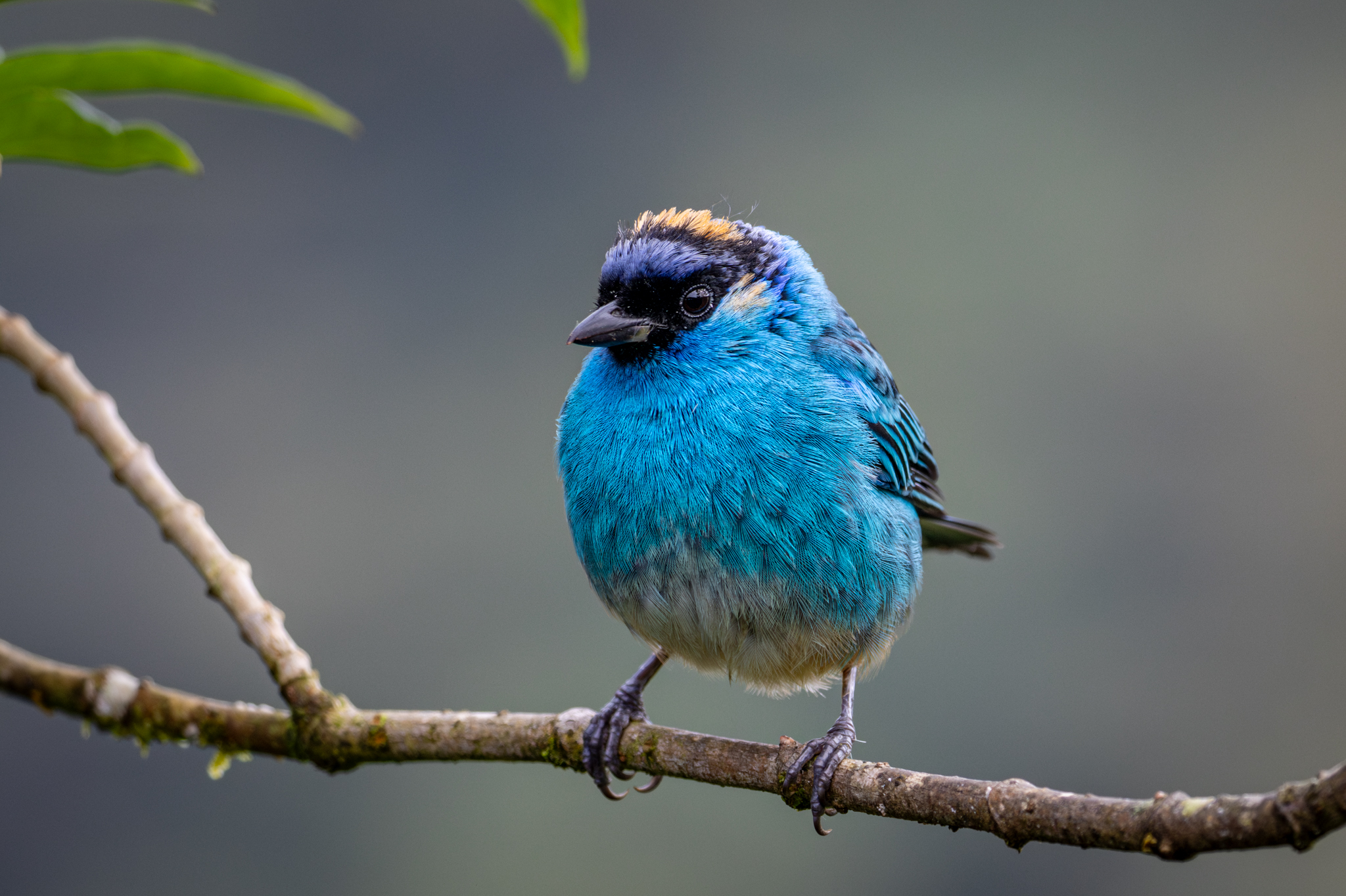
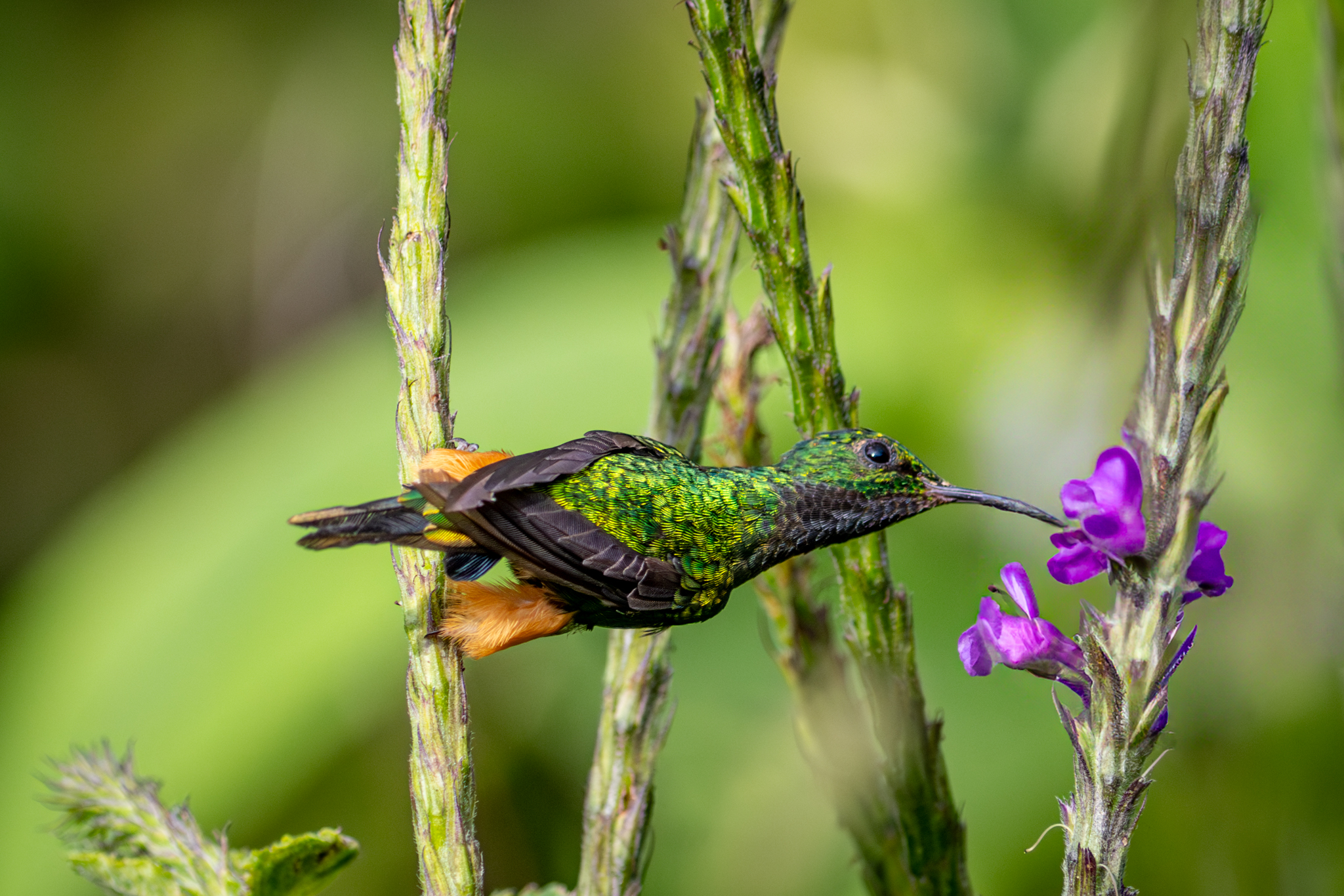
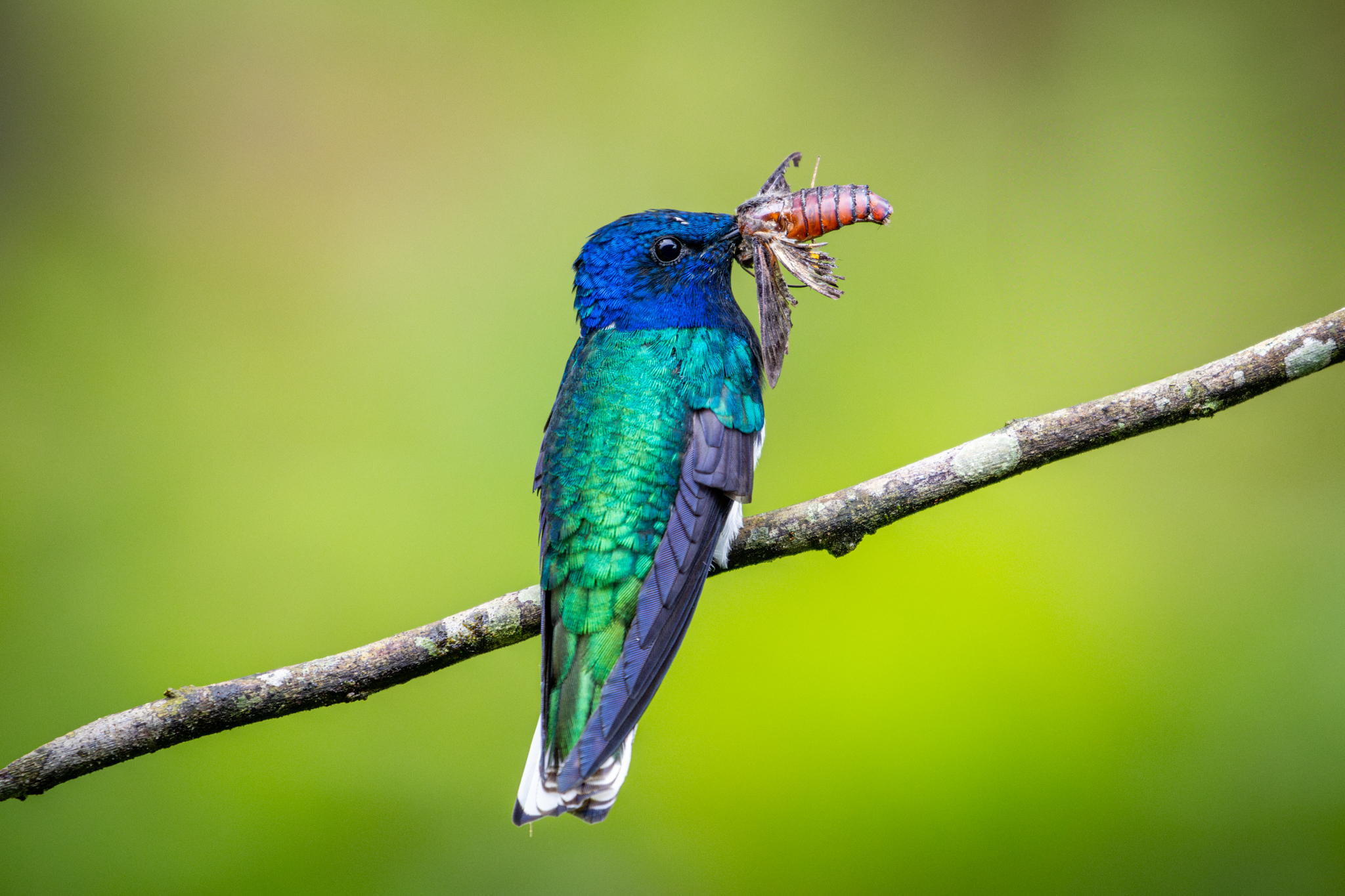
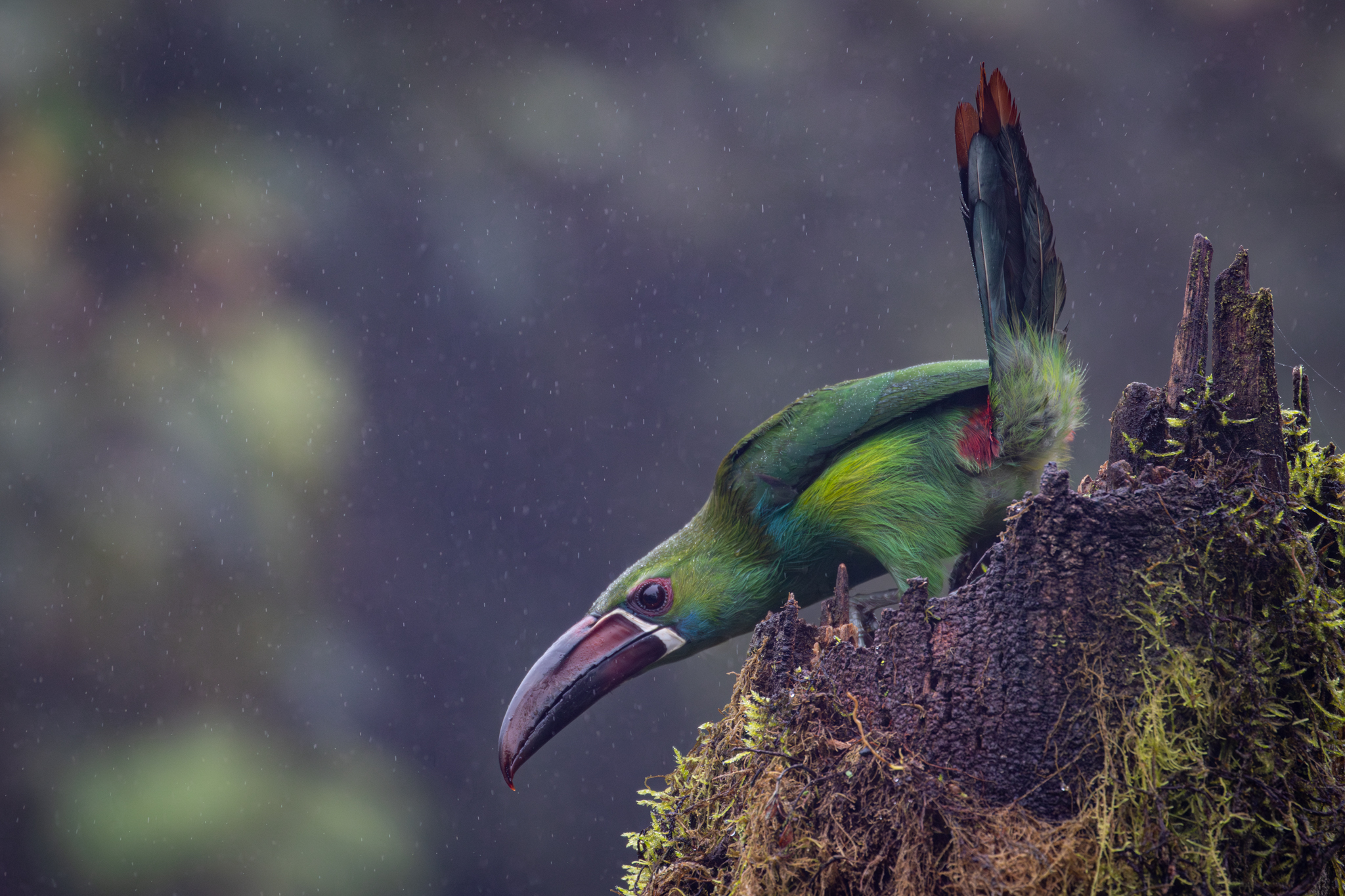
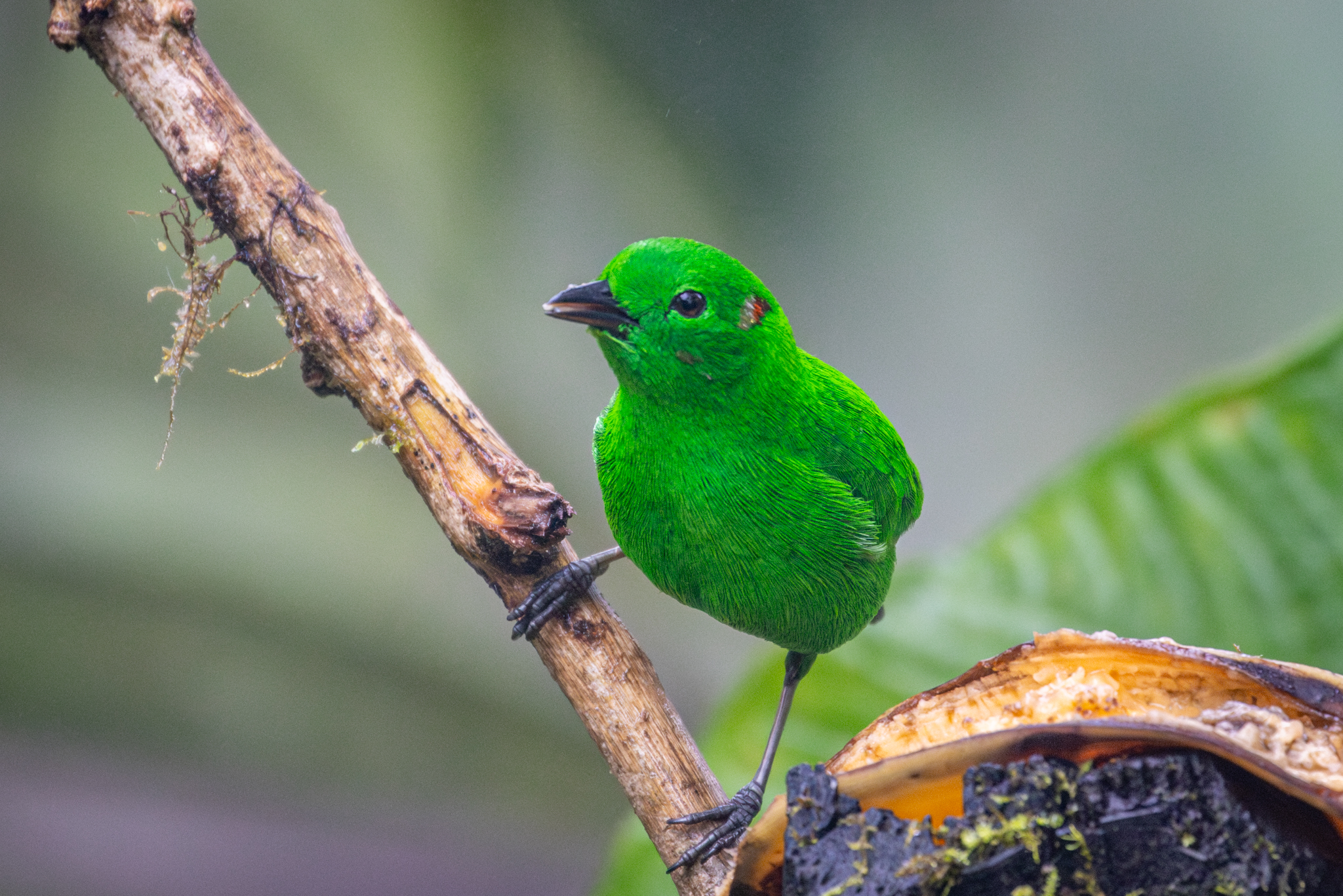
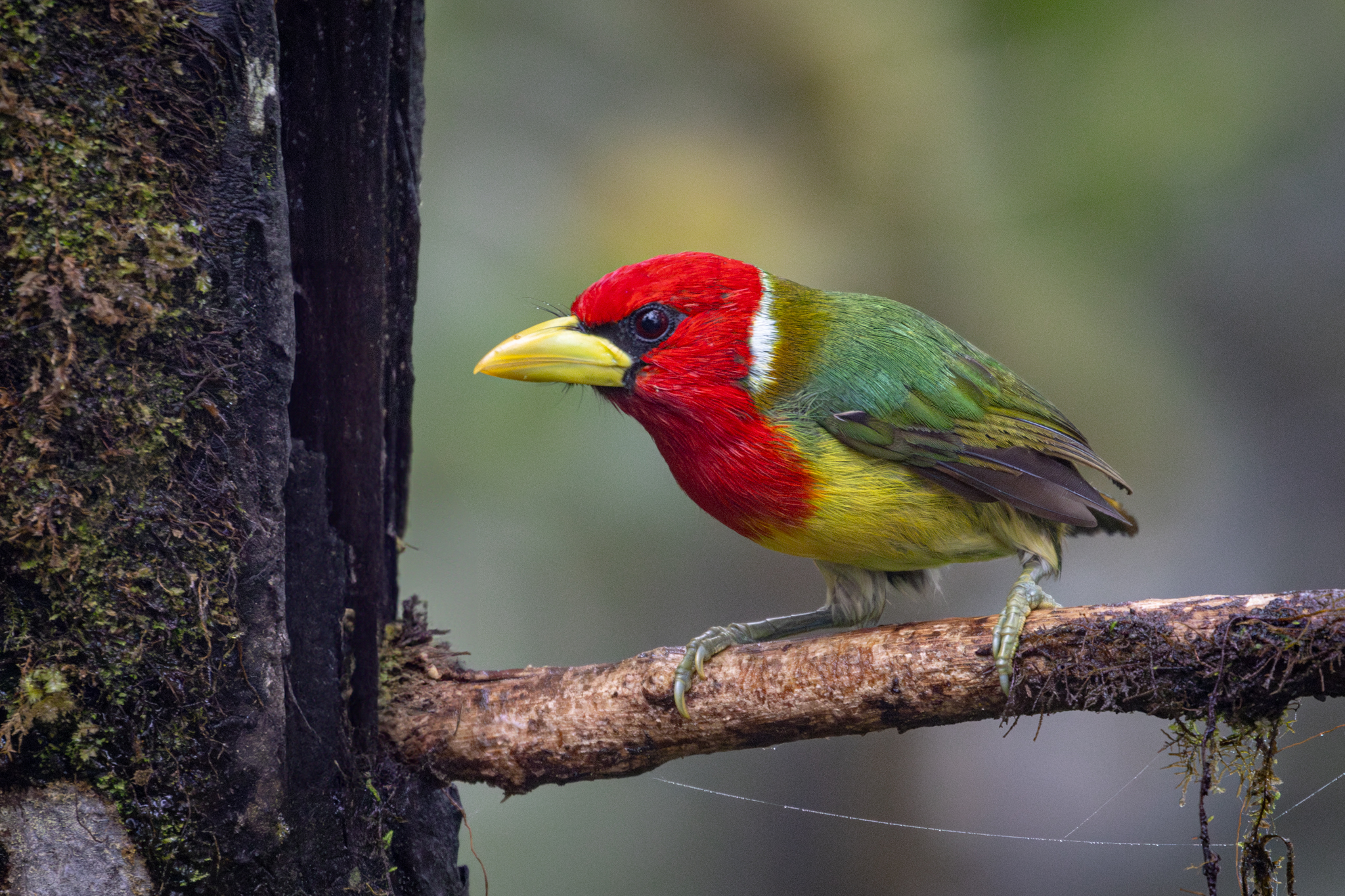
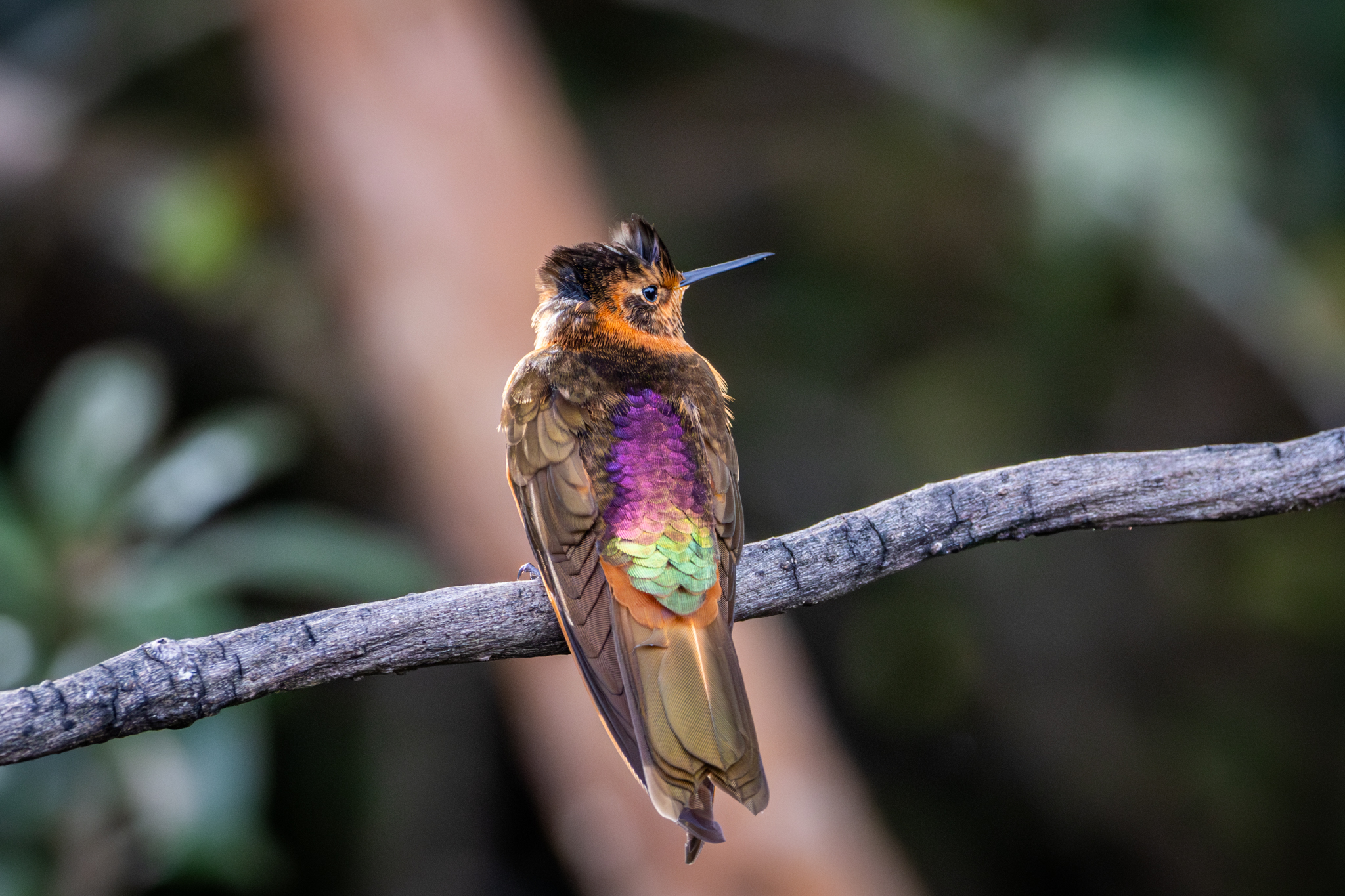
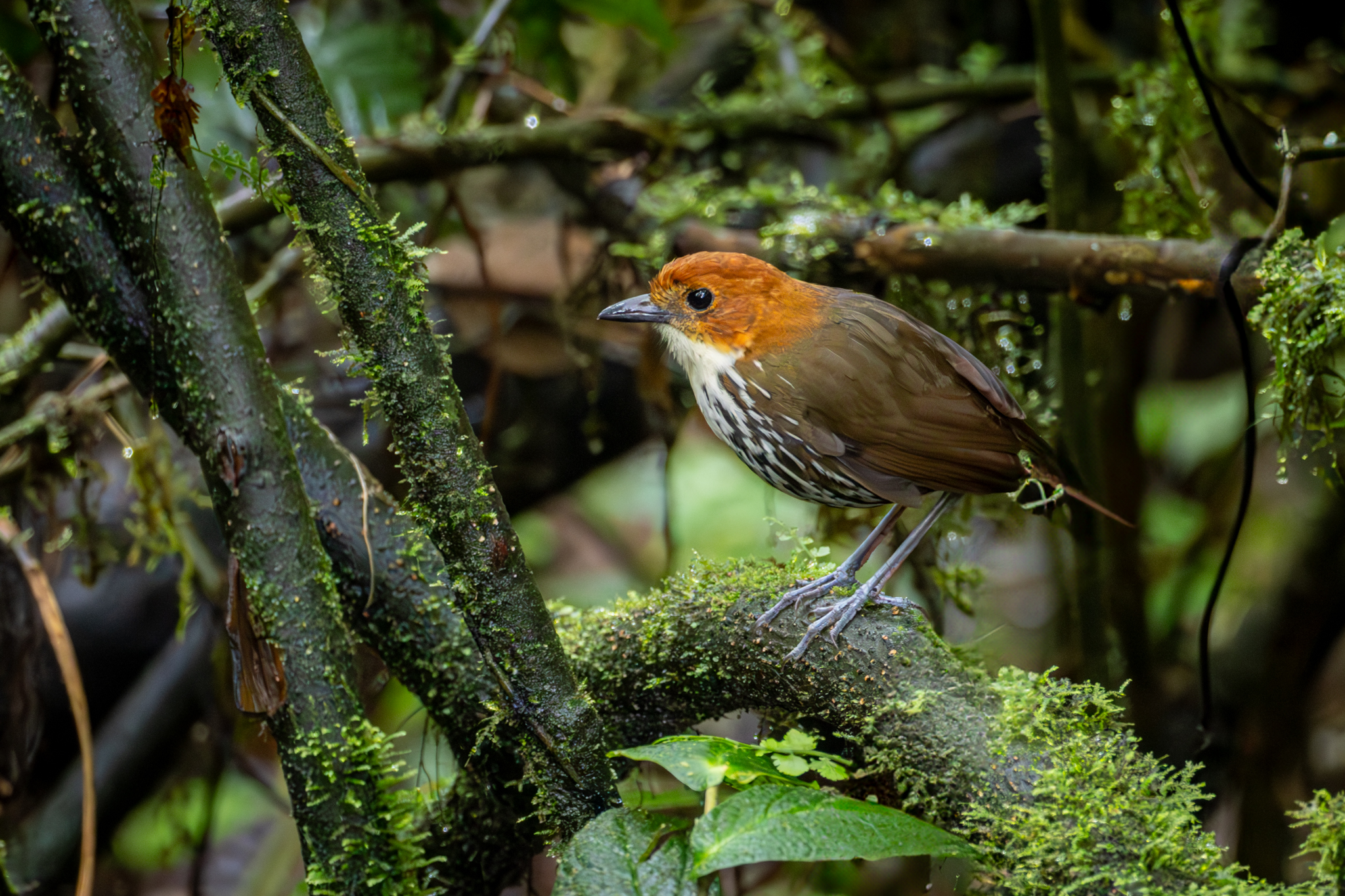
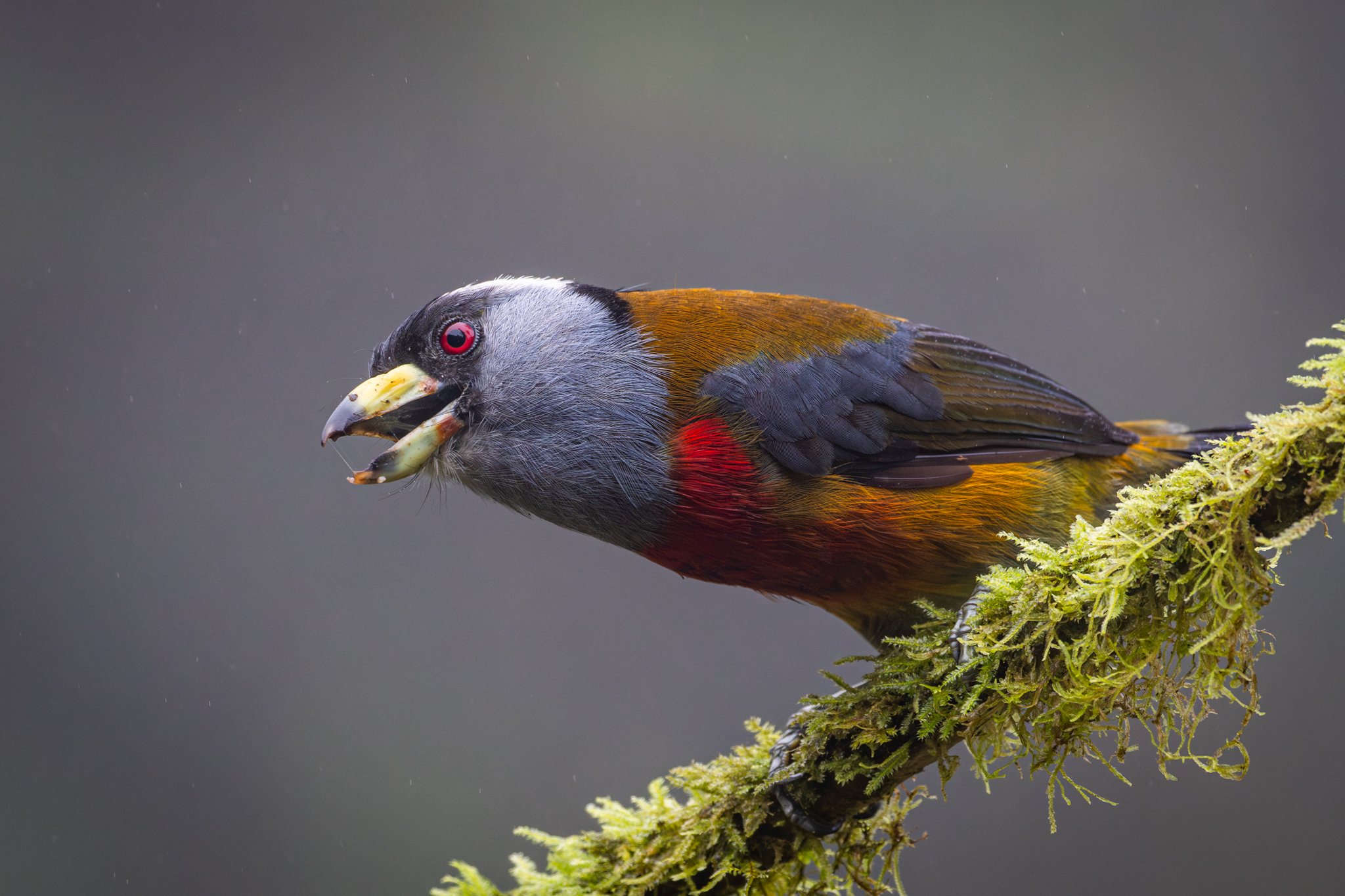
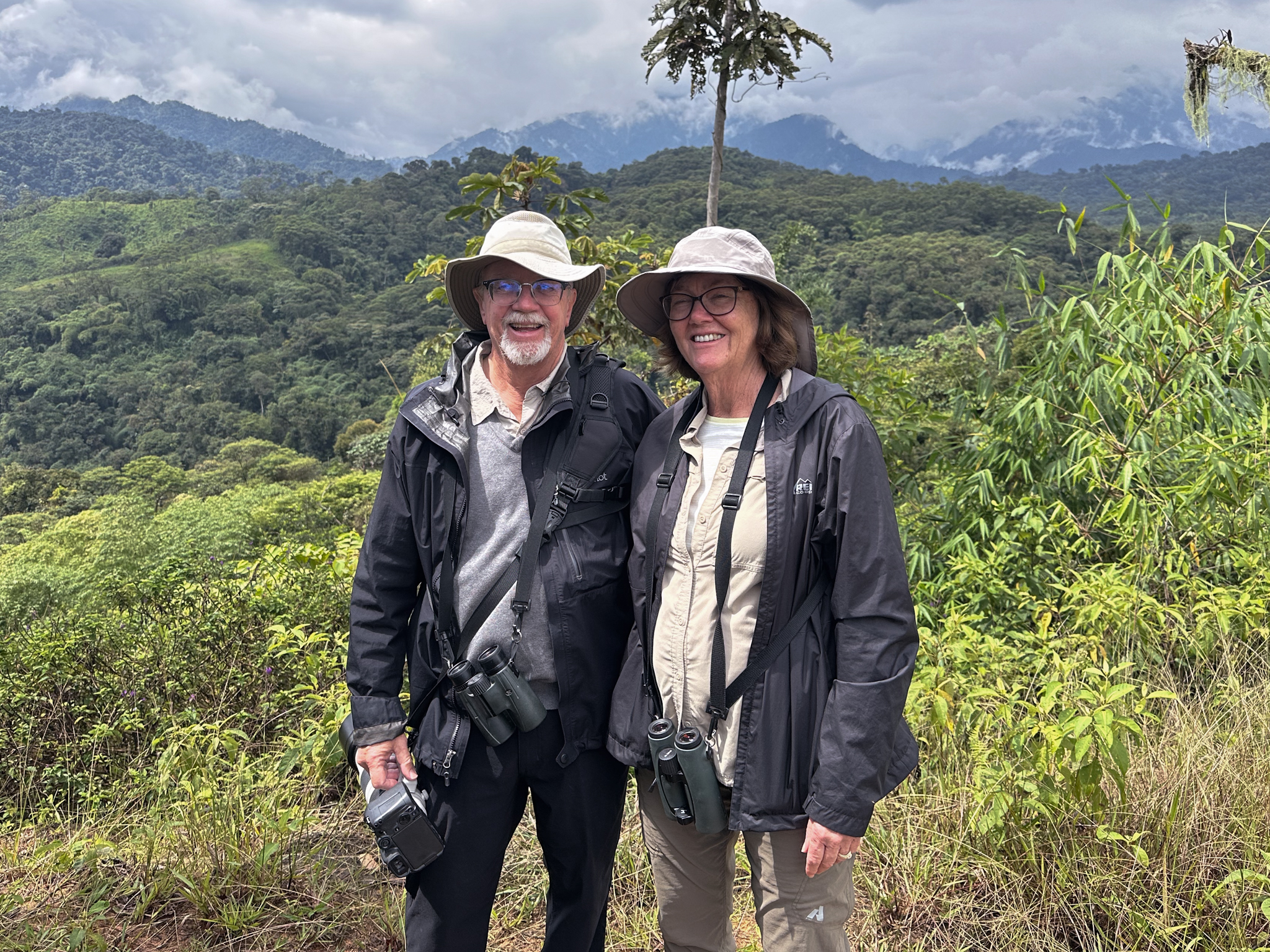
Beautiful couple, beautiful array of photos! What a tremendous experience!